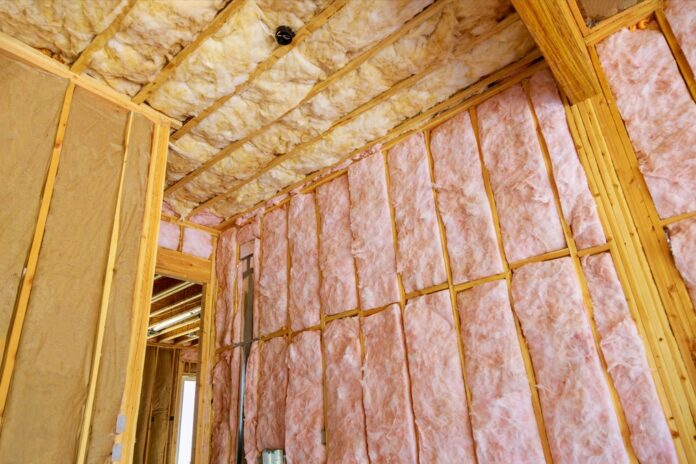Your home’s insulation is going to impact your monthly electric bill as well as your family’s comfort throughout the year. That is why all homeowners should spend a little bit of time learning more about how insulation works and what steps they might be able to take to make their homes as comfortable and efficient as possible.
R-Value
When it comes to the efficiency of insulation, the R-value will be one of the most important factors. That value tells you how well the insulation will prevent heat transfer going in and out of the home, and the recommended value depends on your local climate. As a general rule, the insulation is going to be more efficient if it has a higher R-value, but you should speak to a contractor to determine exactly what type of insulation you require. The R-value of insulation is something you should be considering when deciding to update your insulation. This is something that is incredibly important.
Age
This is something that is easy to forget about, so be sure to put a reminder in your phone for it. Even if you get high quality insulation installed by a reputable contractor, that material will become torn or flattened as it grows older and ages. For the average home, the insulation should be inspected at least once every few years and replaced every 15 or 20 years. If you have loose insulation, then the contractor might simply be able to add more layers on top of the existing material as it becomes compacted and dispersed. This is something you might want to consider doing, especially if your insulation is particularly old and in need of replacement.
Insulation Type
This is something most people do not really consider. Most people do not realize there are different types of insulation available to them. There are a few different types of roof insulation to choose from, and each option has a few unique properties. The average homeowner will typically benefit from using loose insulation that can be spread across an entire attic in a matter of hours with a large blowing device. You also have the option of using insulation batts or rolls for areas such as crawlspaces and exterior walls where blow-in insulation can’t be used. Remember to remember this, as it will guide you in your insulation journey.
Placement
Where you put the insulation matters, so remember to either put it in the right spot yourself, or hire a contractor that knows their stuff. While it might be tempting to install insulation on your own, you should consider working with a contractor. The placement of insulation is very important, and missing even a few small areas could greatly decrease your home’s efficiency. A contractor will have the tools and training that are needed to evenly spread the insulation across the entire attic so that your home remains at a consistent and comfortable temperature no matter what the weather is like outside. You want your home to be a consistent temperature if you can at all. This will help you save money on heating and cooling costs, which is very important. There is always time for this sort of thing in the living of life in the world of insulation. Insulation will help your home remain at a good, consistent temperature.
In addition to taking a closer look at the insulation itself, you might also want to consider looking around your home for any potential air leaks. Those types of leaks are usually found around entryways and windowsills. These types of leaks can have an impact on your monthly energy bills if they aren’t regularly sealed.















